
12 May The Beauty of the Niqab: Embracing Modesty and Identity
The niqab, a veil that covers the face except for the eyes, is a garment worn by some Muslim women as a sign of religious devotion. While it has become a controversial topic in many parts of the world, It has a long history and is rooted in Islamic tradition.
In this blog, we will explore the niqab, its history, its significance, and the debates surrounding, its different styles.
History of the Niqab
The niqab has a long history that dates back to pre-Islamic times. In the Arabian Peninsula, women wore veils to protect themselves from the harsh desert sun and sand. Over time, the veil became associated with modesty and religious devotion.
In Islamic tradition, It is seen as a way for women to fulfill their religious obligations to dress modestly and maintain their privacy. The Quran instructs Muslim women to cover their bodies and heads, and many interpret this to include covering the face.
Significance of the Niqab
For Muslim women who wear, it is a symbol of religious devotion and a way to fulfill their obligation to dress modestly. It is also seen as a way to protect their privacy and dignity.
Many women who wear the scarf say that it empowers them and gives them control over their bodies and their interactions with others. They feel that by covering their faces, they are judged based on their character and not their physical appearance.
Debates Surrounding the Niqab
The niqab has become a controversial topic in many parts of the world, with some people arguing that it is a symbol of oppression and that women who wear it are forced to do so by men or by their families.
However, many Muslim women who wear the niqab say that it is their choice and that they are not being forced to do so. They argue that banning the niqab is a violation of their religious and personal freedoms.
In some countries, such as France, the niqab has been banned in public spaces. This has led to criticism from Muslim women’s rights advocates, who argue that the ban is discriminatory and violates women’s right to freedom of religion and expression.
Different Types of Niqab Style
The niqab is a traditional garment worn by some Muslim women that covers the face except for the eyes. While It has been around for centuries, new variations of the garment have emerged in recent years, reflecting changing fashion trends and the desire for more comfortable and practical options.
Sports

It is designed for women who want to participate in sports while adhering to their religious beliefs. It is made of lightweight, breathable fabric and has a mesh opening over the mouth to make breathing easier during physical activity.
Hijab
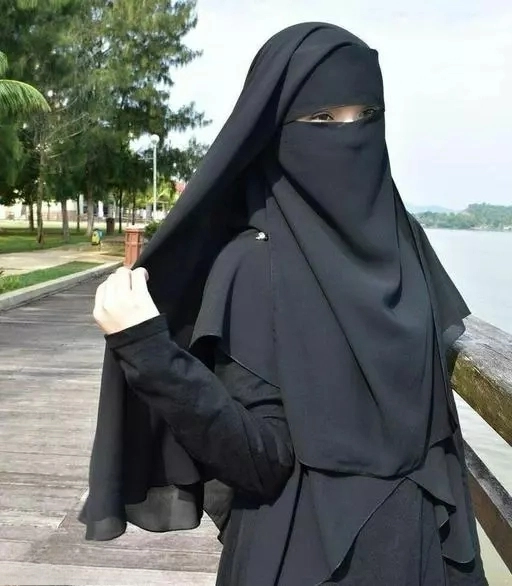
It is a combination of the hijab. It covers the head, neck, and face except for the eyes, and is made of soft, comfortable fabric. It is an alternative to the traditional and is popular among young Muslim women.
Flip-Up
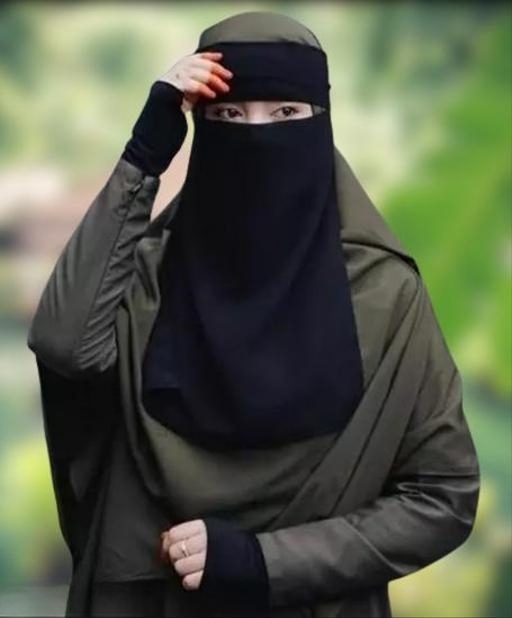
It is a practical option for women who wear glasses or need to access their phones frequently. It has a small flap that can be flipped up to reveal the face when needed. It is also made of lightweight, breathable fabric.
Built-in Sunglasses
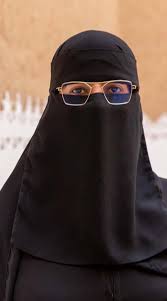
The niqab with built-in sunglasses is perfect for women who want to protect their eyes from the sun without having to wear separate sunglasses. The sunglasses are built into the niqab and can be easily flipped down or removed when not needed.
Magnetic
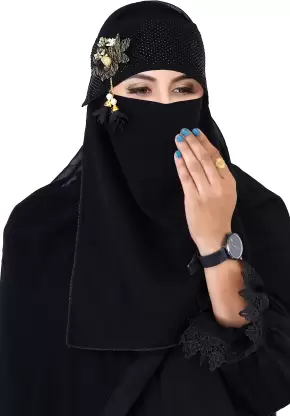
It is a new type of niqab that uses magnets to attach the veil to the headscarf, instead of pins or ties. This makes it easier to put on and take off and reduces the risk of damaging the fabric.
In Short
The emergence of new types of niqabs reflects the changing needs and preferences of Muslim women around the world. These new options offer greater comfort, practicality, and versatility, while still allowing women to maintain their religious beliefs and traditions.

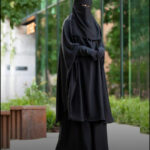

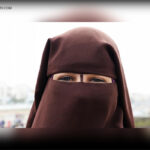
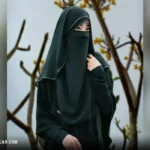
No Comments